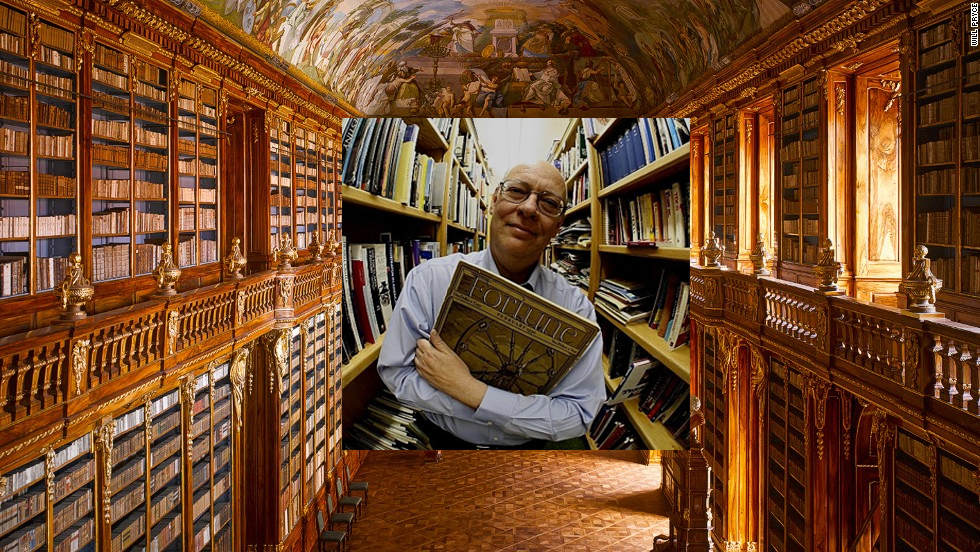|
Now here’s a really unusual book.
Heavy thinker Charles Murray took a huge amount of flack for co-writing The Bell Curve with Richard Herrnstein, a book many took as having racist overtones. He then wrote Losing Ground, another provocative book. Both made for a lot of conversation among intellectuals, and plenty of ink by reviewers.
But in his 2004 book Human Accomplishment: The Pursuit of Excellence in the Arts and Sciences 800 B.C. to 1950 (HarperCollins), he tried to figure out the sources and causes of greatness in our civilization. I don’t care what you think of his theories or conclusions; I found this book worth the money for the charts, maps, chronologies, and graphs alone. It is full of fascinating information on the great scientists and artists, perhaps more than is available in any other single volume.
Of course his discussion of reasons – such as the fact that even poor Polish Jewish girls learned to read in the early 19th century when their Gentile neighbors were still often illiterate – is absorbing and worth considering.
If you look at the reviews of this book, you will find some who love the book and others who take great issue with it. Perhaps the greatest fault some find is that he focuses on western civilization and on white men. Those who know me know that I am fascinated by Islamic architecture and civilization, as well as that of Southeast Asia – and the more I learn, the more interested I become in Latin American, South Asian, and East Asian civilizations. As an architecture lover, I was long frustrated that architecture writers (and books) often did not look beyond Europe and North America, although that has changed a great deal in recent years.
But, as much as I think we have underestimated the greatness, innovativeness, and importance of non-western culture, that does not change the fact that the world today was hugely shaped by European white guys. It would be folly to deny that or run away from it.
In my view, the beauty of Cairo’s old Mosques and Indonesia’s Borobudur in no way makes Da Vinci or Michelangelo or Picasso less interesting or important.
The fact that women have not shared power (and education) in the past only means we need to work hard to correct that situation today and in the future. It does not mean society is well-served by being angry about the past, or upset with the 15th century.
In any case, I think if you focus on the data, on the interesting people and trends that Murray sees, you will at least be provoked in your thinking and at most learn a great deal. This is a great book to flip through – over and over again.
|
|











